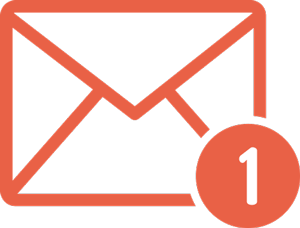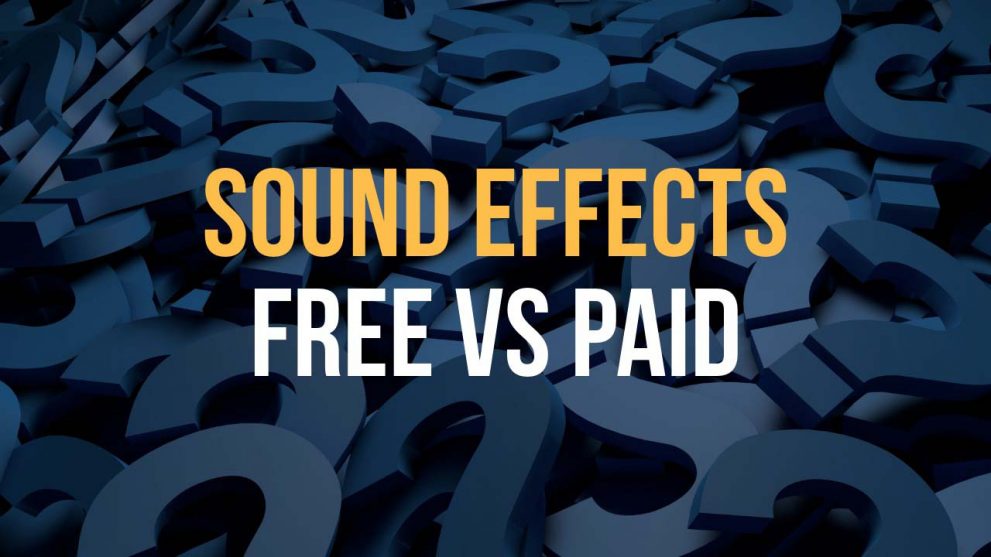As a content creator and freelancer, I often need various sound effects to use in my video or audio projects.
There are plenty of free sounds offered by sites like Pixabay, however, more often than not I prefer using a commercial library like TunePocket.
Here’s why.

Why I prefer TunePocket over free libraries
- Free of artifacts: no random clicks, hiss, or sloppy edits—less fixing, more creating.
- Consistent volumes & EQ: clips sit together in the mix with minimal gain staging.
- High-quality format: 24-bit / 48 kHz masters for cleaner processing and headroom.
- Clear, practical licensing: real-world use cases are spelled out, so I can export with confidence.
What about “free” sound effects?
Free sites can be great for experiments, but licensing often shifts the risk to you.
For example, Pixabay notes:
Please be aware that certain Content may be subject to additional intellectual property rights (such as copyrights, trademarks, design rights), moral rights, proprietary rights, property rights, privacy rights or similar. It is your responsibility to check whether you require the consent of a third party or a license to use Content.
With a commercial library like TunePocket, the terms are clearer. Hence, fewer surprises when you monetize, work with clients, or publish ads.
More reasons I reach for TunePocket
- Editor friendly versions, including loops, alt lengths, and clean endings that cut smoothly.
- Searchable categories and tags make finding the right sounds fast.
- Support is readily available for issues like Content ID copyright claims.
Bonus: AI tools included with any TunePocket membership, giving you $100/yr value
Every TunePocket membership unlocks premium creator tools that act as an AI co-pilot.
Use TunePocket tools to brainstorm ideas, title videos, optimize tags, and publish faster:
- YouTube Title Generator
- YouTube Hashtags Generator
- YouTube Tags Extractor
- YouTube Timestamp Generator
- Podcast Title Generator
Frequently Asked Questions
Can I use free sounds from sites like Pixabay in monetized videos?
Typically, yes. However many free libraries shift the legal risk to you. For example, Pixabay notes that content may carry additional third-party rights and that it’s your responsibility to verify permissions. With a license from TunePocket, typical commercial uses are explicitly covered.
Why do 24-bit / 48 kHz files matter?
Higher bit depth and sample rate give you more headroom and cleaner processing. If you EQ, compress, denoise, or mix with VO and music, 24-bit/48 kHz helps prevent artifacts and keeps transients crisp.
Do I have to credit the source?
TunePocket’s license is designed for creators and clients, so attribution isn’t typically required. However, always review the license terms for your specific use case.
Can I use TunePocket sounds in client projects, ads, or podcasts?
Yes. The license is written with real-world scenarios in mind, including client work, ads, social, and podcasts—reducing back-and-forth and approval delays.
Are levels and EQ really more consistent than free libraries?
Yes. Consistent loudness and tonal balance mean less gain-staging and fewer fixes, so sounds drop into your video timeline.
Do TunePocket memberships include AI tools for creators?
Yes! Any membership unlocks a suite of AI co-pilot tools (about $100/yr value) to speed up your workflow.
The bottom line
For publish-ready, client-safe work TunePocket’s consistent quality, high-res files, and clear licensing offers advantage over free sounds.
The included AI tools help me ship faster and grow my audience.
Explore TunePocket sound effects collection.








